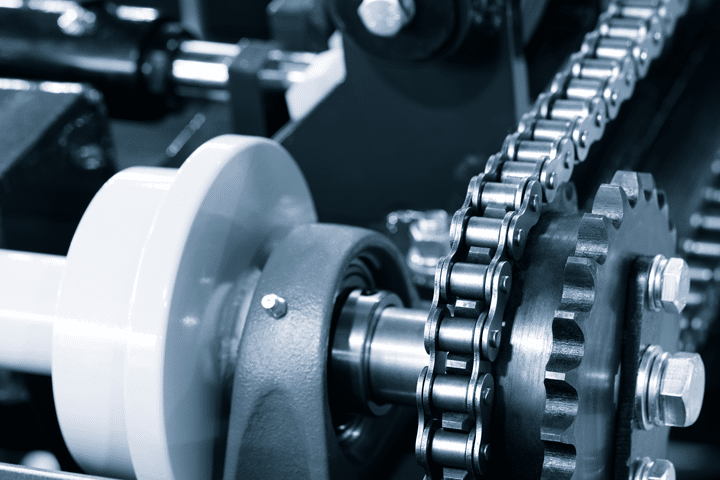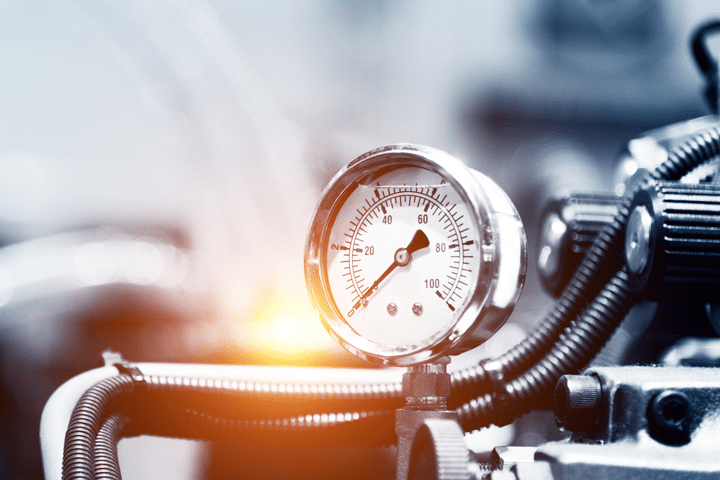With growing concerns surrounding the global warming emissions related to semiconductor manufacturing, the electronics industry faces a unique challenge. The demand for more environmentally friendly practices has driven the development of alternatives to traditional materials for use in the removal and cleaning of dielectric films and metal contaminants on the surface of semiconductor wafers. The goal is to find effective replacements for the chemicals used in these cleaning processes, without compromising on the high purity and quality standards required by the semiconductor industry.
Years ago, many leading members of the semiconductor industry signed Memoranda of Understanding (MOUs) with the United States Environmental Protection Agency (EPA) that called for further research into potential alternatives to reduce harmful emissions. From this research, trifluoroacetic anhydride (TFAA) was found to serve as a substitute for traditional solutions in plasma-enhanced chemical vapor deposition (PECVD) chamber cleaning chemistry.
What is Trifluoroacetic Anhydride?
Trifluoroacetic anhydride (TFAA) is the fluorinated analog of acetic anhydride, a chemical reagent with wide use and applicability in organic and materials synthesis. For example, TFAA is commonly used in the manufacturing of agricultural and pharmaceutical products, as well as in chromatographic purifications in biochemistry and biopharmaceuticals. As the most reactive and volatile of the anhydrides, TFAA reacts very efficiently with a wide range of substrates, including alcohols, amines, and phenols, and is used to catalyze a broad range of condensation processes such as hydrolyses, esterifications, amidations, and imidizations. These intrinsic physical and chemical properties make TFAA suitable for use as a very effective solution for a variety of industrial processes. Halocarbon Electronics Solutions manufactures a high-purity version of TFAA that is designed for use in electronics applications, including semiconductor chamber cleaning.
What are TFAA Chemical Properties?
TFAA is a colorless liquid with a molecular weight of 210.02, a boiling point of 40℃, a melting point of -65℃, and maintains a density of 1.49g/㎤. This chemical activity makes it an essential reagent in organic synthesis, inorganic chemistry, materials science, and electrochemistry. In these reactions, trifluoroacetic acid is formed as a water-soluble and easily removed and remediated byproduct.
How Does TFAA Improve Semiconductor Manufacturing?
As the electronics industry continues to face increasingly stringent environmental restrictions related to semiconductor fabrication, TFAA serves as an excellent alternative to the cleaning gases and solvents used in the industry today for the cleaning of PECVD chambers, as well as post-patterning semiconductor wafers. TFAA is a highly-reactive symmetric anhydride that reacts with a broad range of organic and inorganic materials to efficiently transfer the trifluoroacetyl group to any surface. This trifluoroacetyl group can serve as an excellent chelator or ligand for metals such as chromium, nickel, iron, and copper, and can be used to form robust metal-complexes. These metal complexes are volatile and can easily desorb from the wafer, leaving behind a residue-free and damage-free surface that is clean of metal contamination. Compared to conventional PECVD cleaning technology, TFAA can provide a significant improvement in waste mitigation and remediation, and help to ameliorate the environmental footprint of semiconductor manufacturers and the overall industry. Utilizing TFAA in chamber cleaning and patterning delivers a greater than 95% reduction of greenhouse gas emissions attributed to semiconductor processing. Additionally, its nonflammable properties, low toxicity, and higher destruction efficiency enable a reduction in cleaning time of over 20%, which directly translates to substantial cost-savings and efficiency-improvements. For these reasons, TFAA is the optimal solution for semiconductor manufacturing across the globe.
Halocarbon Electronics Solutions experts continue to lead the industry in fluorochemical breakthroughs responsible for improving the environmental footprint of various manufacturing industries by focusing on process improvements and efficiency-gains. Our experienced chemists strive to push the limits of cutting-edge chemistry. Halocarbon Electronics Solutions is continuing to create novel fluorochemical innovations, including the development and design of new high-quality and high-purity processes that enable the use of products like TFAA in the most stringent of applications. With TFAA, Halocarbon and its partners have developed the commercial-scale manufacture and implementation of industry-leading technology. Looking to learn more? Contact our Sales Director for more information on our innovative solutions.





Leave a Reply